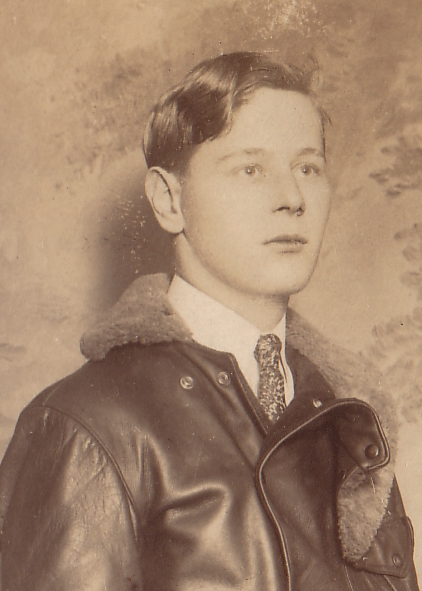
Source: Washington Post; October 21, 1937






 Westfield Airport, New Jersey, August 14, 1930 (International News Service) Edward Schneider, 18-year-old Jersey City boy hopped off from here for Los Angeles at 5:55 o'clock Eastern Standard Time in his Cessna 110-horsepower cabin monoplane. He hopes to lower the junior transcontinental record established by the late Frank Goldsborough.
Westfield Airport, New Jersey, August 14, 1930 (International News Service) Edward Schneider, 18-year-old Jersey City boy hopped off from here for Los Angeles at 5:55 o'clock Eastern Standard Time in his Cessna 110-horsepower cabin monoplane. He hopes to lower the junior transcontinental record established by the late Frank Goldsborough.
 18-Year-Old After Record
18-Year-Old After Record Forced Down
Forced Down
 Official Results Sixth National Air Tour for the Edsel B. Ford Reliability Trophy and Great Lakes Light Plane Trophy in 1930
Official Results Sixth National Air Tour for the Edsel B. Ford Reliability Trophy and Great Lakes Light Plane Trophy in 1930
 Champion Boy Flyer Stops at Columbus On Way to New York
Champion Boy Flyer Stops at Columbus On Way to New York Boy Flyer Hops Again For Columbus
Boy Flyer Hops Again For Columbus
 Junior Flying Champ
Junior Flying Champ



National Air Tour Comes to Knoxville's McGhee.
Tyson Biggest Aviation Event since Airport Opening National Air Tour Due Here. Crack Fliers, Ships Visit Knoxville on July 9. Stop Overnight. Land at Muny Port.
Knoxville Journal, June 23, 1931, Approximately 40 airplanes participating in the National Air Tour which will start from Detroit July 4, will land at McGhee Tyson municipal airport for an overnight stop on July 9, instead of July 7, as reported yesterday. This announcement was received Monday by Walter Self, manager of McGhee Tyson airport, in a telegram from Ray Collins, of Detroit, manager of the National Air tour. Mr. Self had been negotiating with Mr. Collins for some time regarding the tour. First Time Knoxville has not been on the itinerary of the National Air tour in previous years. Scheduling of an over-night stop means that Knoxville will be visited by the nation's outstanding airmen and the newest creations in aircraft. Among the notables in the tour party will be: Jimmy Doolittle, former crack army pilot; Frank Hawks, America's aerial speed demon; Walter Lees, endurance flier; Eddie Schneider, sensational 19-year-old pilot; Lee Gehlbach, winner of the All-American air derby last year; Lowell Bayles, second place winner in the air derby; Mrs. Mae Haizlip, outstanding woman pilot; and George Halderman, trans-Atlantic flier. The visit of this tour to Knoxville will give this city nation wide attention and publicity. In view of the fact that the planes will be at the municipal airport overnight, the various news-gathering organizations will send out their official reports from Knoxville on the progress of the tour. City Manager George Dempster asked the young Men's Division of the Chamber of Commerce yesterday to take charge of the arrangements as to such matters as reception, entertainment, publicity, etc. Charles T. King, chairman of the Young Men's Division, accepted, and at the same time asked for the assistance of the aviation committee of the senior Chamber. A joint meeting with the Young Men's committee will be held Wednesday at 11 a.m. Tour Itinerary Leaving Detroit, the tour will journey through Canada to New York state and then southward through Pennsylvania, Ohio, West Virginia, Kentucky, and then into Tennessee. Touring westward, the planes will go as far as Texas and then move into the central states. The planes will compete for the Edsel B. Ford reliability trophy and the Great Lakes trophy. The main purpose of the tour is to test the reliability of the various kinds of planes in cross-country flying. Frank Hawks is now in Europe, but he will return in time to take part in the tour. Jimmy Doolittle is the tour's referee, and Walter Lees is the chief timer. E. W. "Pop" Cleveland, a veteran of the aviation industry, is the chief starter.
Source: Knoxville Journal, June 23, 1931. Transcribed by Bob Davis. Transcription originally hosted by Ralph Cooper.


